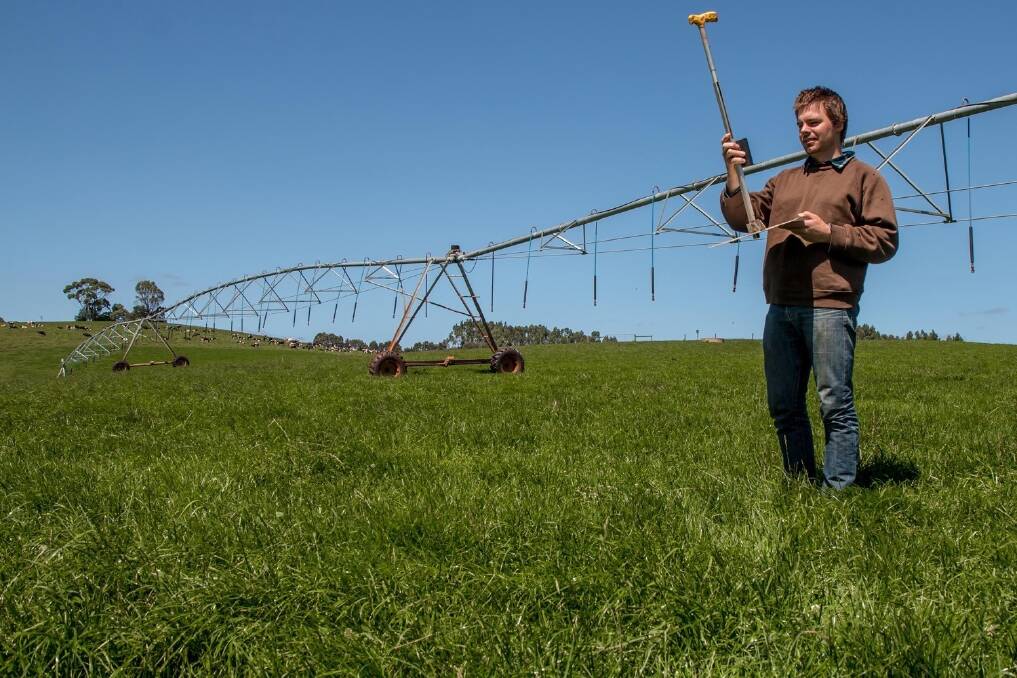
Australia and New Zealand are known as predominantly pasture-based dairy systems.
This is due to our unique geographical position of growing perennial pastures such as ryegrass and kikuyu.
This position allows us to supply our animals with an abundance of home-grown and nutritious feed.
Other large producers of the world are competing but with varying leavers such as higher feed conversion efficiencies or lower labour costs.
We have a lot of room to increase our feed conversion of pasture to milk.
This I believe is starting to sink in for us pasture-based farmers, which is perhaps being driven by milk prices.
To give some reasoning behind this statement.
According to ABARES (2001), the price for one litre of milk in 1901 was $1.50, with inflation taken into account.
In 2000, 100 years on, the milk price had decreased to $1.40.
Butter (500g) has decreased to 31 per cent of its 1901 price of $6.50 to $2.00 in the year 2000.
These two goods are in comparison to other common ‘basket’ of goods and services that have on average increased in price by 167 per cent.
No wonder dairy farmers feel squeezed when every bit of effort over the last century to increase efficiency isn’t rewarded in a higher margin, but that of staying afloat.
Lucky for us all, the game isn’t over yet.
We have healthy margins to capture yet.
There is, as alluded to earlier, healthy margins to be made and quickly by simply focusing on pasture management.
Yes, you heard right, that area that extension has pumped millions of dollars into over recent decades.
The old adage “you can’t manage what you don’t measure” is loud and clear when it comes to pasture management.
We measure everything else in our dairy farm businesses.
Why do the majority of us not measure pasture?
This is a question that extension has tried answering and not one I can answer in this short piece.
In a recent study by Beukes et al. (2018), a group of New Zealand researchers modelled the difference between actively managing pasture with measurements as opposed to using your eye could yield approximately $40k to $60k in profit on 100 grazeable hectares.
This is great news for our dairy industry, as it is strikingly blunt in its message.
In other words, manage your grazings with pasture measurements or maintain a significant lost opportunity.
Measuring pasture hasn’t been easier since the advent of tools such as the C-Dax Pasture Meter and the Ellinbank Pasture Reader.
Perhaps we’re all scarred by the idea of walking our farms with plate meters, and not allowing ourselves to trust the numbers presented by the tools we can utilise?
Or maybe we have never fully understood how to utilise the numbers we collect?
Whatever it is, it doesn’t matter.
What matters is that we use any tool that gives a consistent measurement from week to week whether it is from a rising plate meter or satellite imagery.
From here we can make valuable decisions that are directly linked to our profit margins and our operational risk.
With more information, there is less uncertainty.
This is to say that by measuring pasture, we can manage one of our biggest risks and that is feedings cows.
By developing a greater picture of our pasture management, we can foster resilience during lower milk prices and capitalise on higher milk prices.
Being a dairy farmer myself and riding the shockwaves of the 2009 Global Financial Crisis after purchasing a neighbouring farm, I know the pain all too well.
Even the recent clawback of prices in 2016 by the two largest milk processors came as a huge shock to our operation.
The underlying survival mechanism for us was and still is that we have control of our pasture management, which makes up our biggest cost of feed.
This is core to the Pasture.io management platform, which was born on my family’s dairy farm in north west Tasmania.
My story is one of many and is growing in commonality.
This is to say that many farmers are now focusing on pasture management, giving it time, letting the weekly task become the norm - all for reducing risk and taking greater control of price volatility.
To reemphasise to the on-farm impact of measuring pasture, one of my Pasture.io customers (Stuart Burr) proudly states: “We've calculated we’re making between $60,000 to $80,000 extra a year by getting it right."
*Ollie Roberts, the Managing Director of Pasture.io found at the website https://pasture.io.
References
Beukes, P, Mccarthy, S, Wims, C, Gregorini, P & Romera, A 2018, 'Regular estimates of herbage mass can improve profitability of pasture-based dairy systems', Animal Production Science.

